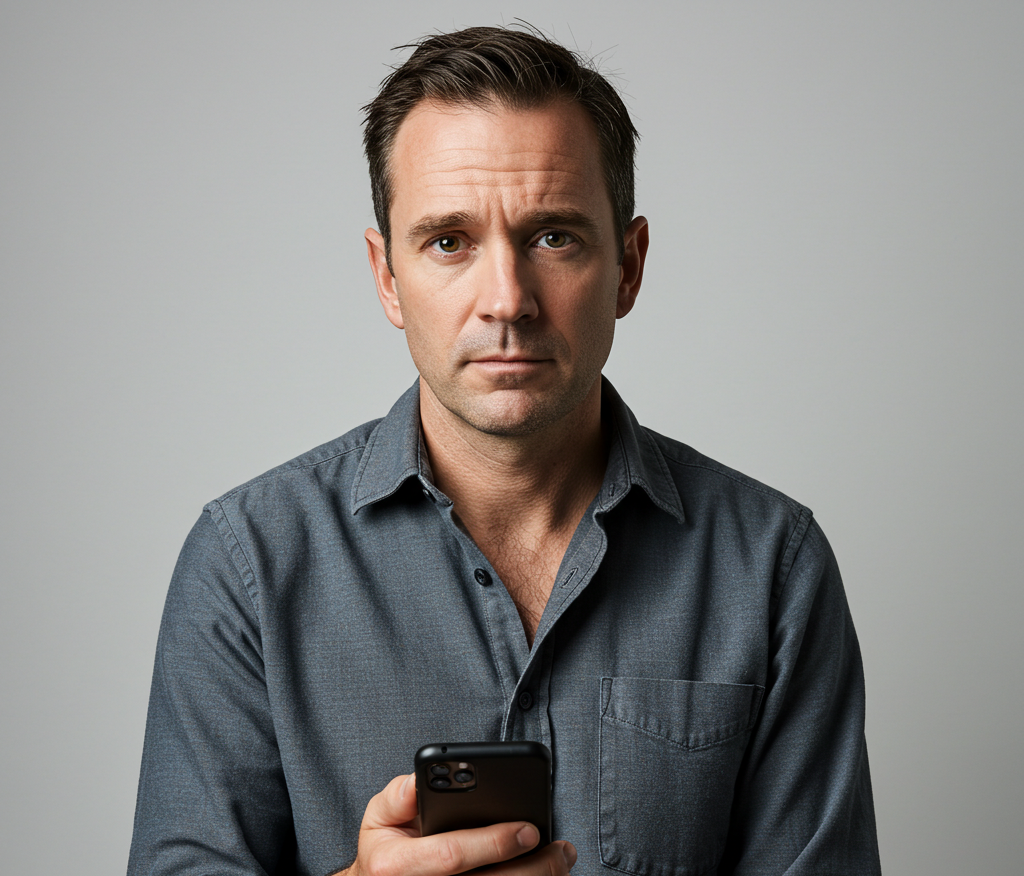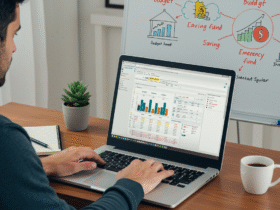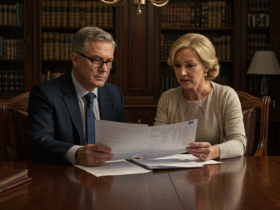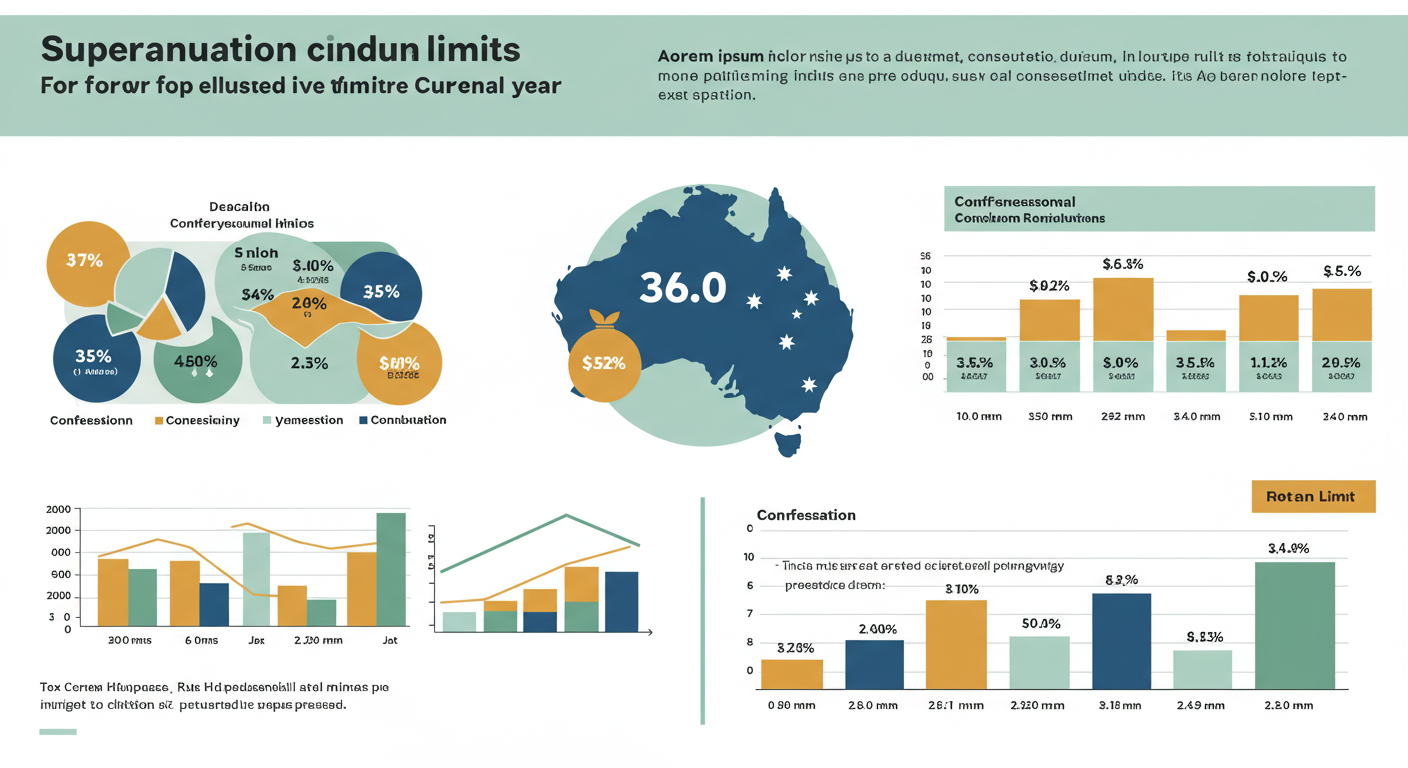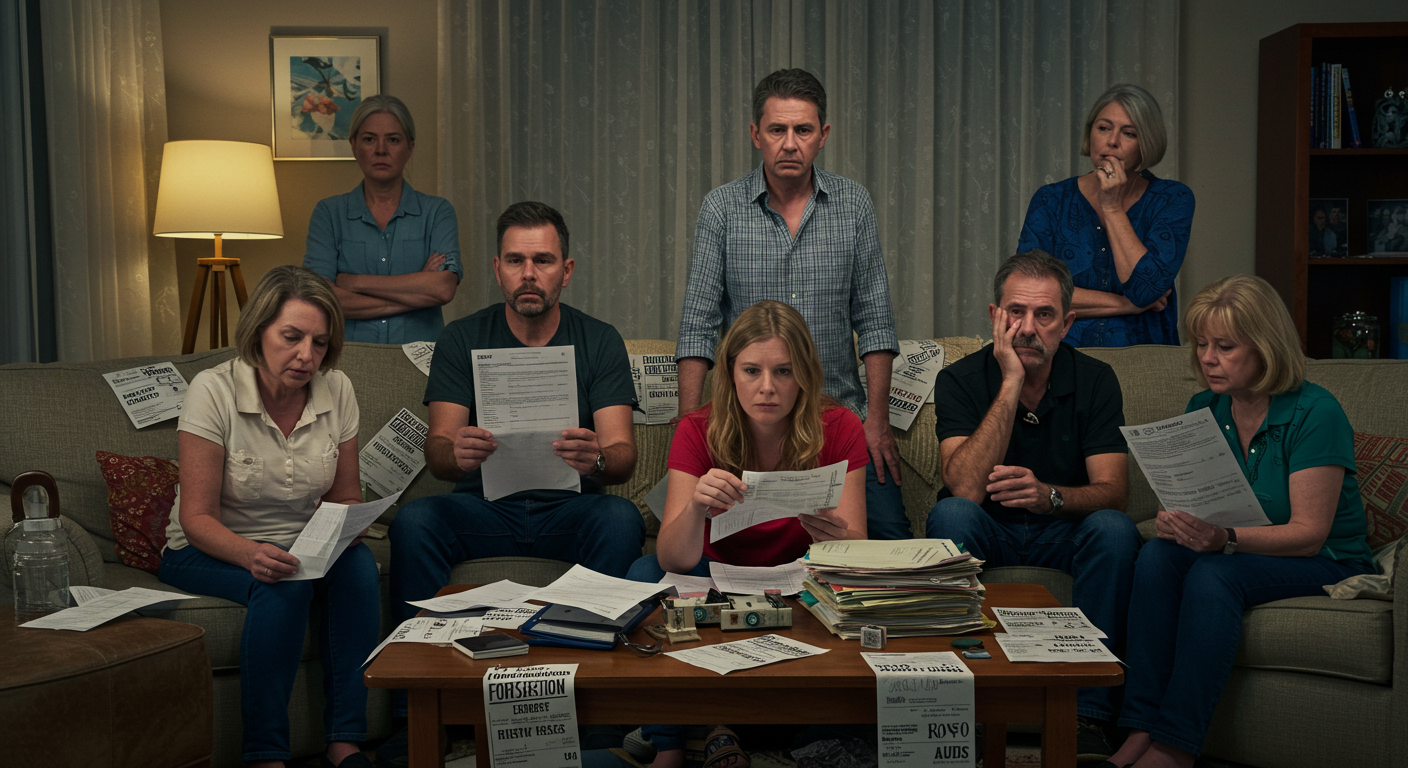Grab a coffee, mate – we’re about to talk money without the boring bits
You know that feeling when you’re standing in Woolies, looking at your trolley full of groceries, and wondering how on earth you’re going to spend $180 on what feels like absolutely nothing? Yeah, we’ve all been there. Last week, I watched a mum in front of me at the checkout put back a packet of Tim Tams because her weekly shop had blown out again. It broke my heart a little, but it also reminded me why budgeting isn’t just about spreadsheets and calculators – it’s about giving yourself permission to enjoy the occasional biscuit without the guilt.
After twenty years of helping Australian families wrestle their finances into submission, I’ve learned that budgeting isn’t about deprivation. It’s about awareness. And right now, with the cost of living hitting us harder than a Melbourne winter, that awareness has never been more crucial.
Why Australian Families Need a Reality Check (And It’s Not Your Fault)
Let’s be honest – everything costs more than it used to. Remember when a flat white was $3.50? Now you’re lucky to get change from a fiver. The average Australian household is spending about $1,300 a week just to keep the lights on and food on the table. That’s before we even talk about school fees, car registration, or that family holiday you’ve been promising the kids since 2019.
But here’s what I tell every family I work with: you’re not failing at money. The game has changed. Wages haven’t kept pace with housing costs, energy bills are through the roof, and don’t even get me started on the price of avocados. The old budgeting rules? They need an update.
The Australian Budget Reality: What We’re Actually Spending
Before we dive into creating your budget, let’s talk about what Australian families are actually spending their money on. According to recent data, the average Aussie household allocates roughly:
- Housing: 30-40% (rent/mortgage, rates, insurance)
- Food and groceries: 15-20%
- Transport: 10-15%
- Utilities: 5-8%
- Insurance: 3-5%
- Recreation and entertainment: 8-12%
- Clothing and personal care: 3-5%
- Healthcare: 4-6%
- Education: 2-5%
- Everything else: 10-15%
Now, if you’re looking at those percentages and thinking “bloody hell, my housing costs are 50% of my income,” you’re not alone. In Sydney and Melbourne, it’s not uncommon for families to spend half their income on housing. That’s not a personal failing – that’s a market reality we need to work with.
Step 1: The Great Australian Money Audit
Right, let’s roll up our sleeves. The first step isn’t about cutting anything – it’s about understanding where your money’s actually going. I want you to do what I call the “bank statement forensics.”
Grab your last three months of bank statements (yes, all of them – including that credit card you’ve been ignoring). Get yourself a coffee, put on some music, and start categorizing every single transaction. I know it sounds about as fun as watching paint dry, but stick with me.
Create these categories:
- Non-negotiables: Rent/mortgage, utilities, insurance, minimum debt payments
- Essentials: Groceries, transport, phone, basic clothing
- Important but flexible: Eating out, entertainment, gym membership
- Complete wants: That subscription box, impulse purchases, the third streaming service
Here’s where it gets interesting. Most families I work with discover they’re spending $200-400 a month on things they’d completely forgotten about. Subscription services are the sneakiest culprits – when did we all start paying for Netflix, Stan, Disney+, Spotify, and three different delivery apps simultaneously?
Step 2: The 50/30/20 Rule (Australian Style)
You’ve probably heard of the 50/30/20 rule, but let me give you the Australian remix:
50% for needs (but let’s be realistic – in major cities, this might be 60% or more) 30% for wants (this is where you get to live a little) 20% for savings and debt repayment (even if you start with 5%, that’s something)
The beauty of this approach is its flexibility. If your housing costs are eating up 45% of your income, you might need to adjust to 60/25/15 or even 65/20/15. The key is making it work for your actual life, not some textbook example.
Step 3: Tackling the Big Ticket Items
Let’s talk about the elephants in the room – the expenses that make you want to hide under the doona.
Housing: If you’re renting, you know the drill. Rent increases, bond payments, moving costs. If you’re paying off a mortgage, you’re dealing with interest rate changes that can swing your repayments by hundreds of dollars a month. Here’s my advice: always budget for your housing costs to be 5-10% higher than they currently are. Interest rates go up, rents increase, and having that buffer means you won’t be caught off guard.
Transport: Between fuel prices, registration, insurance, and maintenance, the average Australian car costs about $15,000 a year to run. Yes, you read that right. If you’re in a major city, seriously consider whether you need a car at all. I’ve got clients in Melbourne who sold their second car and use the savings to Uber everywhere – they’re still ahead financially.
Food and groceries: This is where most families have the most control, and it’s where I see the biggest wins. The average Australian family spends about $250-300 a week on groceries and eating out combined. Meal planning isn’t just for Instagram influencers – it’s a legitimate money-saving strategy. Plan your meals, shop with a list, and embrace the humble slow cooker.
Step 4: The Australian Savings Challenge
Saving money in Australia right now feels like trying to fill a bucket with holes in it. But here’s the thing – even small amounts add up. I had a client who saved $50 a week by making coffee at home instead of buying it. Over a year, that’s $2,600. Not life-changing money, but certainly holiday money.
Start with these Australian-specific savings strategies:
Energy bills: Shop around for electricity providers annually. Set up direct debits for discounts. Use ceiling fans instead of air conditioning when possible. Those small changes can save you $20-50 a month.
Insurance: Bundle your car and home insurance. Review your policies annually – you’d be surprised how much you can save by switching providers or adjusting your coverage.
Banking: Ditch banks that charge monthly fees. There are plenty of fee-free options out there. Every $10 monthly fee is $120 a year you’re giving away for nothing.
Groceries: Shop at Aldi for basics, use flybuys and everyday rewards programs, and embrace generic brands. I promise you, the home-brand pasta tastes just as good as the fancy stuff.
Step 5: The Emergency Fund Reality Check
Financial experts love to say you need six months of expenses saved for emergencies. In Australia, where the average savings account balance is about $34,000, that advice can feel insulting. Start with $1,000. That’s enough to cover a car repair, a medical bill, or a week off work without reaching for the credit card.
Once you’ve got your $1,000, aim for one month of expenses. Then gradually build to three months. The key is making it automatic – set up a direct debit to transfer even $25 a week to your emergency fund. You won’t miss it, and it’ll grow faster than you think.
Managing the Emotional Side of Money
Here’s something they don’t teach you in finance class: money is emotional. Especially when you’re trying to budget on a tight income while everything around you costs more each month.
I’ve seen families argue about $5 coffee purchases while ignoring the $200 monthly gym membership no one uses. Money fights are rarely about money – they’re about values, priorities, and feeling like you have some control over your life.
If you’re budgeting as a couple, have the money conversation when you’re both calm and caffeinated. Agree on your priorities together. Maybe he values eating out, and she values having savings. Find a way to honor both priorities, even if it means compromising somewhere else.
The Technology That Actually Helps
Let’s talk apps and tools. There are a million budgeting apps out there, but most Australian families I work with find success with simple approaches:
Banking apps: Most Australian banks now categorize your spending automatically. NAB, ANZ, and Commonwealth Bank all have decent budgeting features built into their apps.
Pocketbook: This Australian-made app connects to your bank accounts and automatically categorizes spending. It’s free and actually works.
Spreadsheets: Sometimes old school is best. Create a simple monthly budget in Excel or Google Sheets. Update it weekly. The act of manually entering numbers makes you more aware of your spending.
When Life Throws You a Curveball
Budgets are great until life happens. Job loss, illness, car breakdowns, or global pandemics – these things don’t care about your carefully planned spreadsheet.
The key is building flexibility into your budget from the start. Don’t allocate every single dollar. Leave some wiggle room for life’s surprises. And remember, a budget that gets you through a tough month is better than a perfect budget that falls apart the moment something goes wrong.
The Long Game: Building Wealth (Australian Style)
Once you’ve got your budget sorted and your emergency fund building, it’s time to think about the future. In Australia, you’ve got some unique advantages:
Superannuation: Your employer is already contributing to your retirement. If you can afford to, consider salary sacrificing additional contributions. The tax benefits are significant.
First Home Super Saver Scheme: If you’re saving for a first home, you can contribute up to $15,000 a year (maximum $50,000 total) into your super and withdraw it later for a house deposit.
Franking credits: If you’re investing in Australian shares, you’ll benefit from franking credits – essentially a tax refund for dividends you receive.
The Bottom Line
Creating and managing a household budget in Australia isn’t about perfection – it’s about progress. Start where you are, use what you have, and do what you can. Some months you’ll nail it, others you’ll blow it completely. That’s normal.
The goal isn’t to never spend money on things you enjoy. It’s to spend consciously, save consistently, and sleep better at night knowing you’re in control of your finances instead of them controlling you.
Remember, every family’s budget looks different. The single parent in regional Queensland has different priorities than the couple in inner-city Sydney. Your budget should reflect your life, your values, and your circumstances.
And here’s the thing I want you to remember: you’re doing better than you think. In a country where the cost of living is rising faster than wages, where housing affordability is a genuine crisis, and where economic uncertainty seems to be the only certainty, the simple act of creating a budget is an act of hope and empowerment.
So grab that coffee, fire up the spreadsheet, and give yourself permission to take control. Your future self will thank you for it.
Now, wasn’t that more interesting than watching paint dry?





